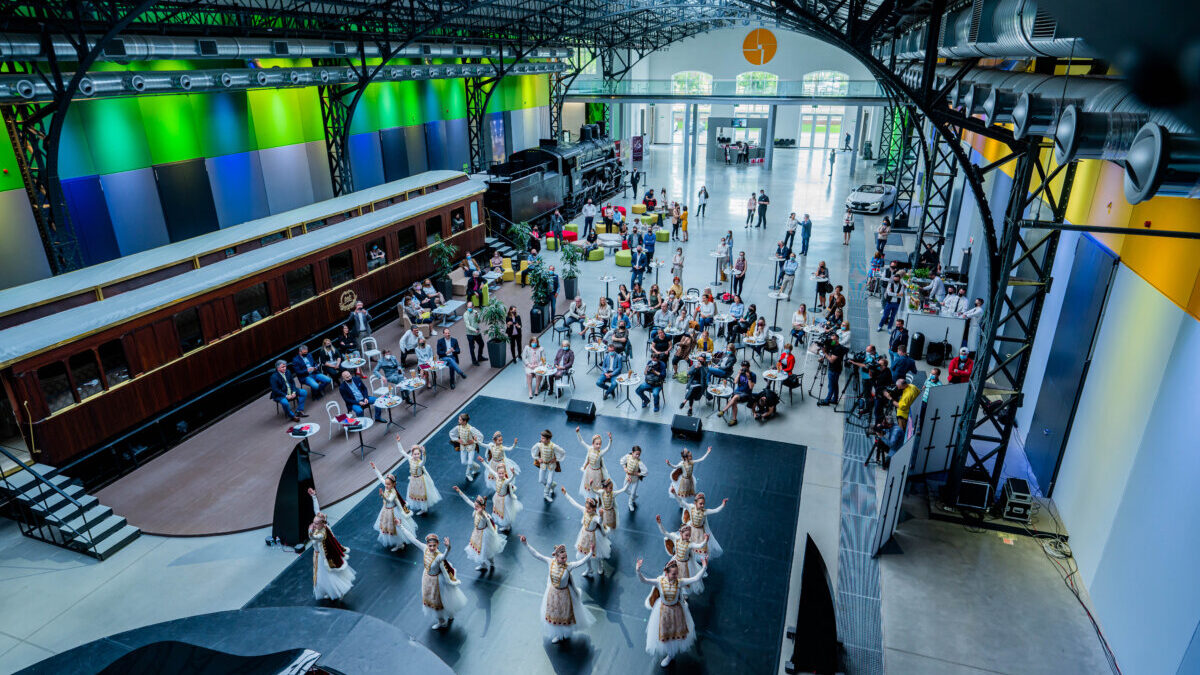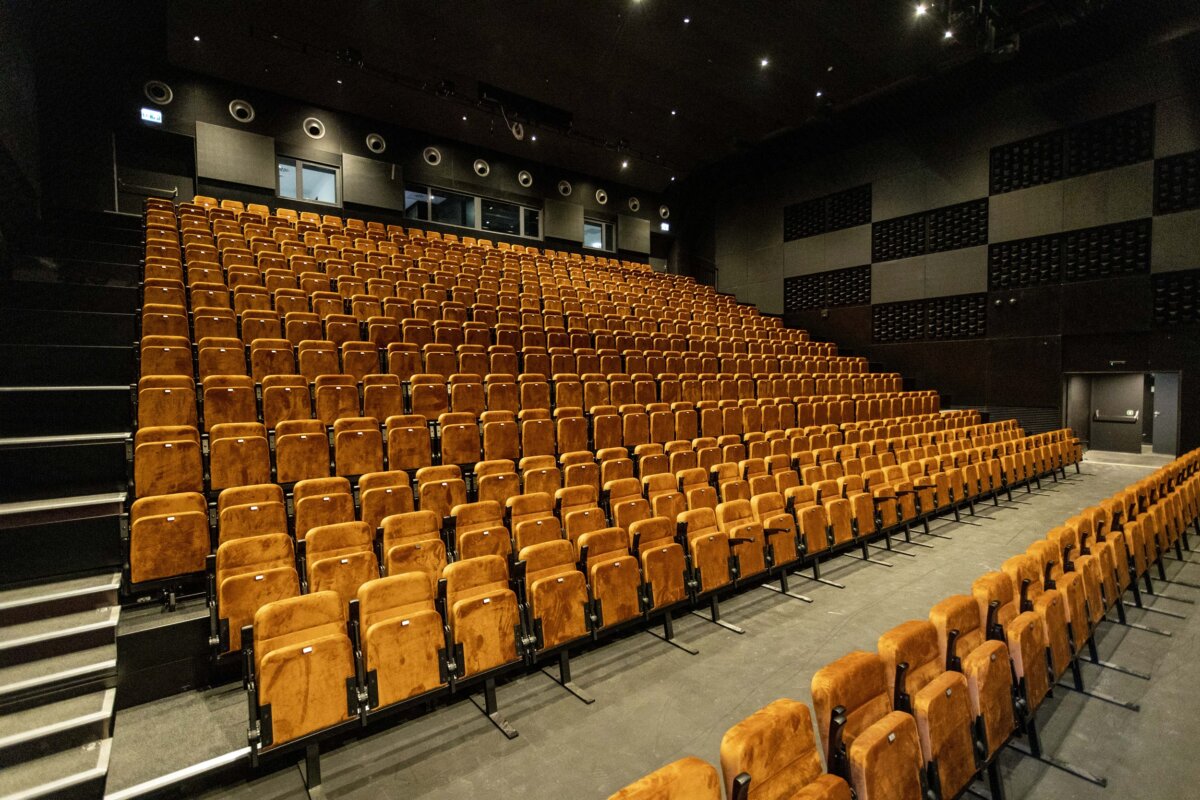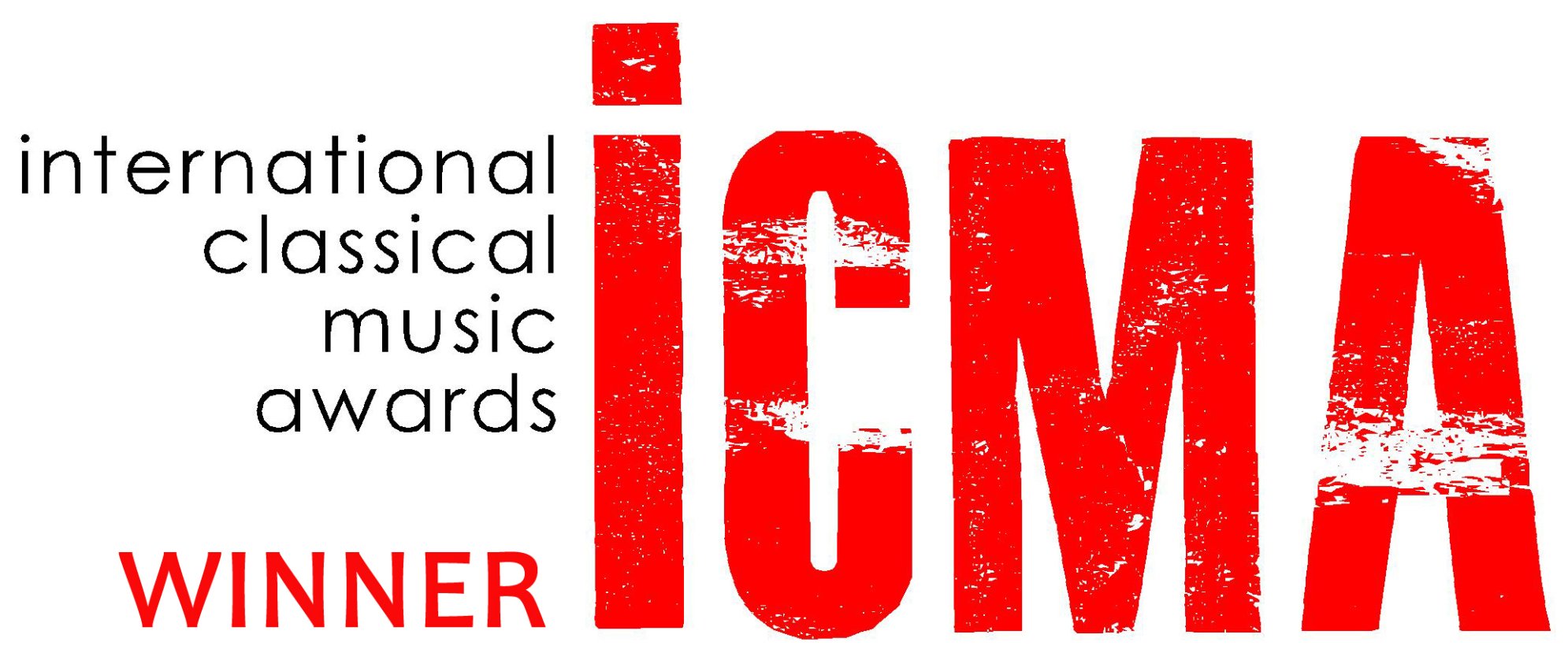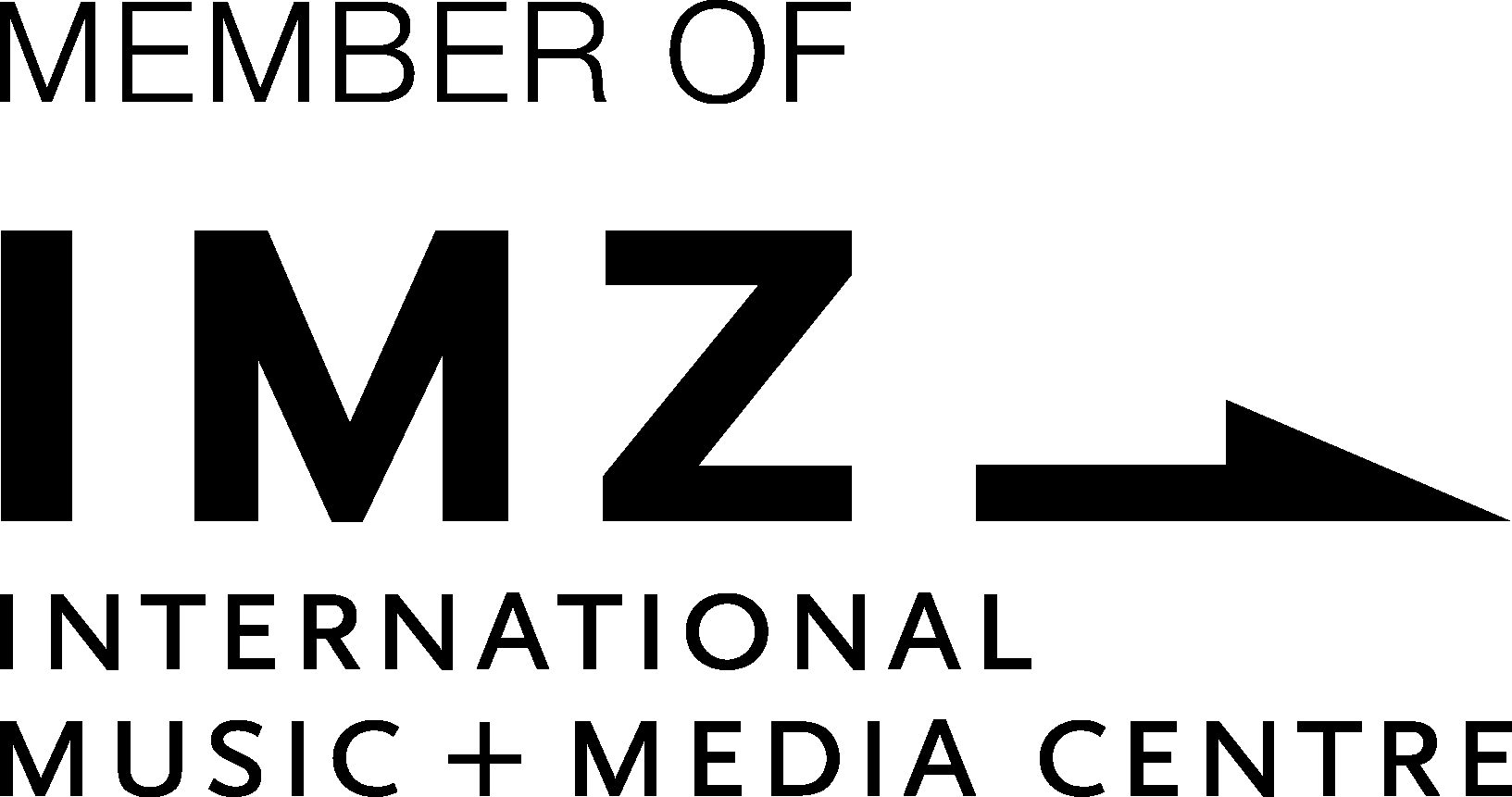
The sound of the steam whistle signals us to climb aboard the train – but it’s not a train, it’s a theatre! It’s the new 400-600-seat auditorium within the Hungarian State Opera’s recently completed Eiffel Art Studios. It’s where the company launched its official ‘Inauguration Gala’ on October 25.
Even though the main Eiffel Arts building was finally completed after eight years of planning and construction, the official opening could only be marked — tagged as “Rebirth-Day” – in late October because previous attempts to schedule it had to be postponed due to the pandemic’s unpredictable timeline.
During that time, the company was only able to present events that alternated between online streaming and inviting small live audiences between the waves of covid — all of which were subject to postponement.
Of course, the Gala program came with speeches, but that’s where we got the facts. Gergely Gulyás, the Prime Minister’s Chief of Staff, spoke first, and called the Eiffel Art Studios “one of the biggest developments in the capital and the country in this decade.” He revealed that 33 billion HUF (90,4m euros) were invested in rebuilding an old train depot – the former Northern Railway station originally designed by architect János Feketeházy in the Kőbánya District. Its transformation started in 2013 and is now a spectacular 33,000 sqm cultural center with a 3-hectare park.
“It’s one of the best secrets in the world and can serve to strengthen our huge cultural heritage – and a great opportunity to step into the international level,” continued Gulyás. “And it’s also a symbol of rebirth, especially for Kőbánya, and it will preface the upcoming Museum of Culture in City Park.”
The Opera’s General Director, Szilveszter Ókovács, reminded the audience that it was tax-payers’ money that funded the project, and “now we return all this to you – the people who paid for it – and it’s bigger than the Parliament!” As regards to “bigger,” Ókovács’s statement that the former Opera house (on Andrássy ut, now under reconstruction) “had no infrastructure but [was simply] a palace with antiquated technology.” Thus, the Eiffel Art Studios “offers everything we need: a chamber theatre, storage facilities, a production unit,” among other giant spaces to create large-scale productions, alongside warehouses for sets, costumes, and equipment. The theatre was named “Bánffy-Stage” after Miklós Bánffy, Hungary’s revered novelist and politician who had also served as an Intendant for the Opera a century ago.
The program’s musical portion began with the singing of the national anthem by the Opera’s Choruses (adults and children) and Orchestra led by Balázs Kocsár, featuring the winners of the online National Songs singing contest for children during the pandemic shutdown. This was followed by Beethoven’s “King Stephen Overture” which served to consecrate the house.

Eiffel Műhelyház Bánffy Terem – fotó: Rákossy Péter
The audience was treated to the National Ballet Institute students’ performance of the “Hungarian Dance” from “Swan Lake” and the National Ballet professionals’ performance of “Whirling” with music by Philip Glass. What followed was a colorful, modern-dress staging of Act II of Puccini’s “La Bohème” that prominently featured the Children’s Chorus in addition to several soloists.
To demonstrate the state-of-the-art Dolby Sound installation in the theatre, the film “From Last to First” which documented the construction of the Eiffel Art Studios project from start to finish, was shown. For the grand finale, the Opera Chorus and Orchestra performed Zoltán Kodály’s “Budavári Te Deum” as the perfect way to celebrate the magnificent complex, as it opens the 2021-2022 season.
The complex contains much more than the theatre and its adjacent rehearsal spaces, workrooms, and warehouses: visitors can enjoy a cozy café in a century-old train car, and upstairs is a museum displaying costumes, historical photos and posters, and Herend porcelains. On the top level is a lounge with a stunningly curated forest of living greenery amongst the sofas. Outside is a park with Zoltán Kodály’s name on it, as is the future Center for Music Education (now being built).
At the head of the main hall is the enormous black iron steam engine whose former whistle alerts us to enter the Bánffy to take our seats for the evening’s musical magic.






